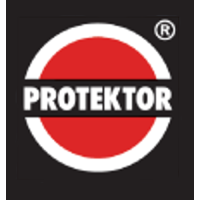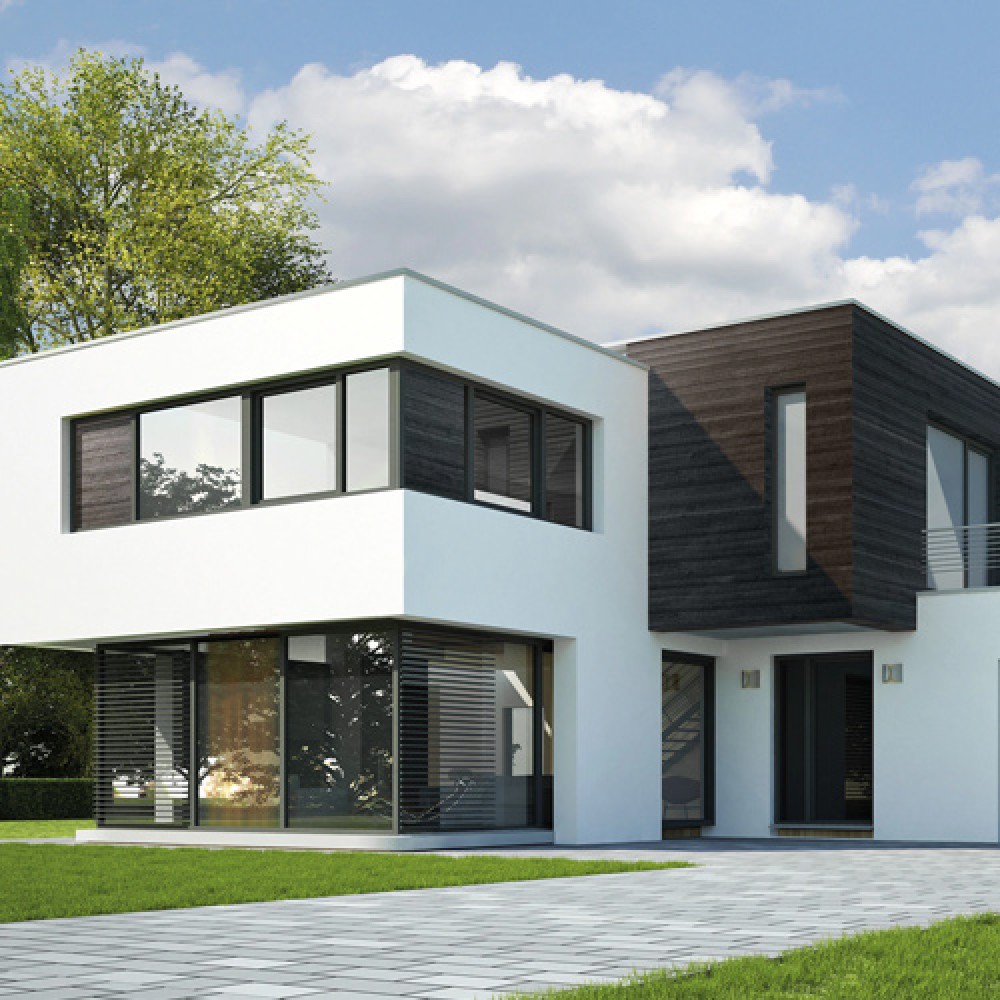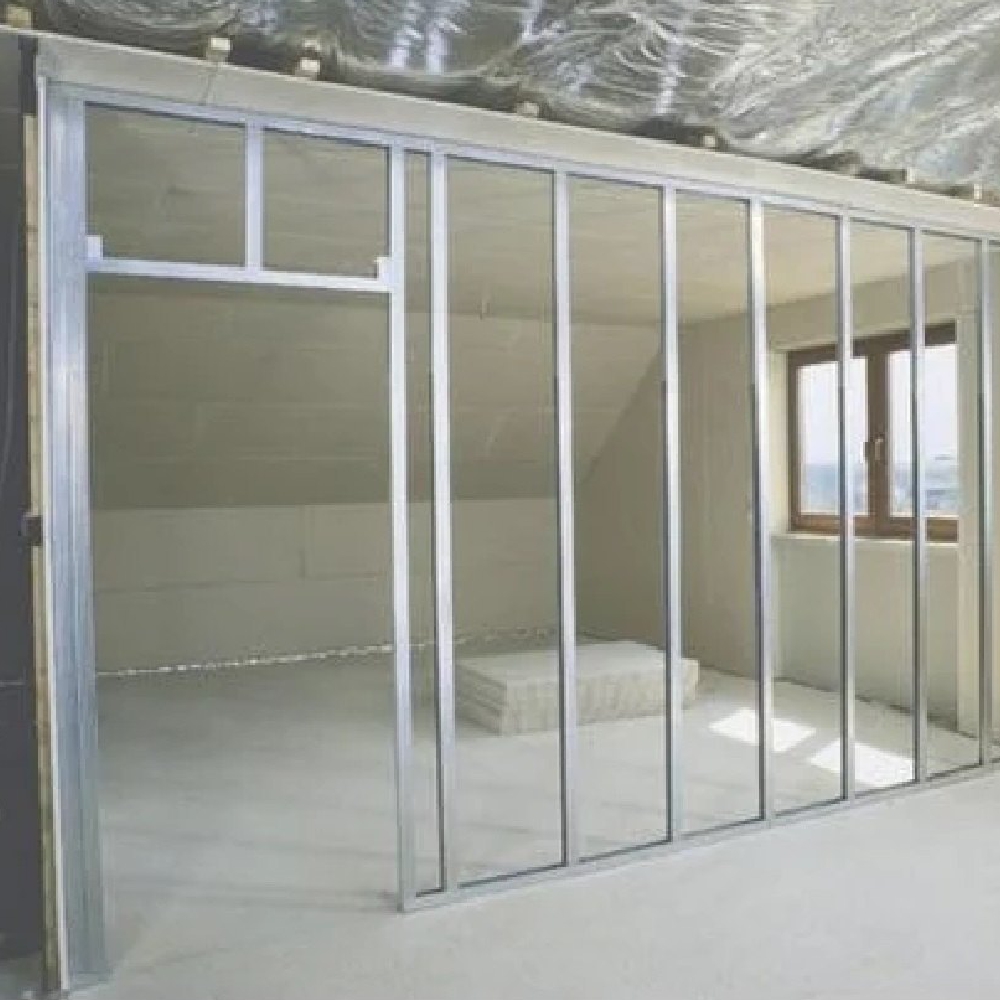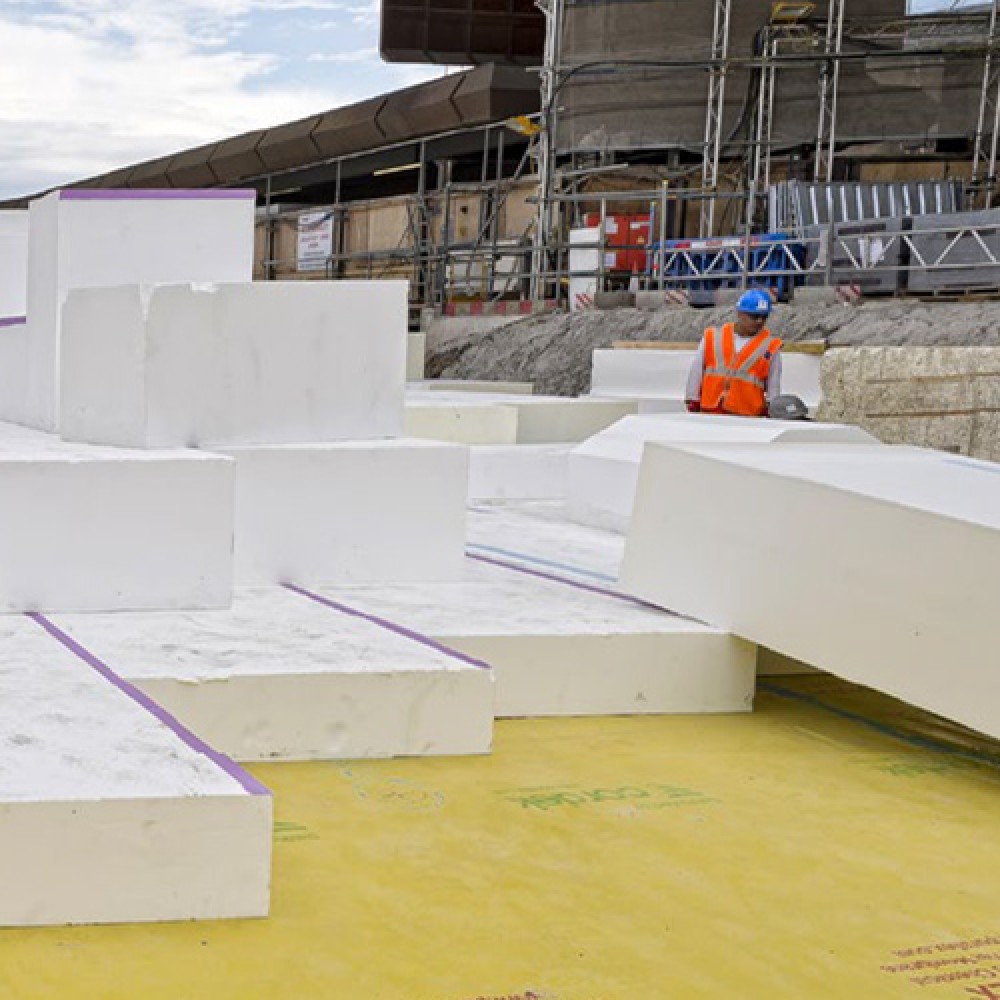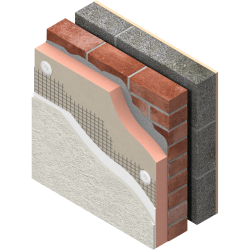Soundproofing Values
Soundproofing Measurement Guide
Everything You Need to Know About Soundproofing Values
Acoustic insulation, also known as soundproofing (see products)has become not only a necessity nowadays due to the technical progress and thus increased number of noise sources, but has also become obligatory, according to the Part E Building Regulations (https://www.gov.uk/government/publications/resistance-to-sound-approved-document-e) (for England and Wales) and Technical Handbook Section 5 of the Building Standards (https://www.gov.scot/publications/building-standards-2017-domestic/5-noise/51-noise-separation/) (for Scotland). This is why homeowners are faced with the responsibility of properly insulating their home, making sure to meet the prescribed values. Since this usually includes using some type of acoustic insulation, it is most likely that you have had to take into account some strange and probably hard-to-understand values and equations. Well this soundproofing measurements guide is here to help you understand some basic terms usually connected with acoustic insulation that will hopefully help you determine whether your home meets the regulated values.
Basic terms and definitions
Before moving onto the soundproofing values prescribed by the applicable regulation, some basic terms related to acoustic insulation must be defined.
First of all, noise is usually defined as an undesirable sound reducing efficiency and comfort and ultimately resulting in both physical and mental discomfort (of course depending on individual reactions to different noise levels).
It is important to know that the so called building acoustics include not only sound insulation, but also sound absorption, which are two different functions that should not be mistaken for one another.
Sound Insulation
Sound insulation leads to reducing the sound traveling from one space to another. These spaces are separated by a dividing element, so that the sound may pass directly through it or through the structure surrounding it. This two methods of transmission are known as direct and flanking (indirect) transmission and must both be taken into account in soundproofing design.
Another important distinction is the one between airborne and impact sounds. While airborne sounds are those originated and transmitted through the air like speech, loudspeakers or musical instruments (related to partitions and walls sound insulation), impact sounds are usually related to floors and can be caused by footsteps or furniture movement.
Now, let’s move on to some basic soundproofing rating methods.
* Noise Rating System (NR)
The Noise Rating System is used to calculate the noise level within a space, based on both noise break-in from adjacent spaces and the present background noise (like the one from ventilation, for example). The system then calculates the recommended noise levels, depending on the activity performed in specific spaces and ranging from 15 dB for sound studios to 45 dB for factories or workshops. The factors that are taken into account when determining specific values are the external noise level, building services noise, the level of sound insulation and the presence of sound absorbing surfaces.
* Rw
Rw stands for Weighted Sound Reduction Index, used to determine the effectiveness of a soundproofing material and it presents a single figure method showing the amount of sound which is stopped by a dividing element such as some acoustic insulation material. It is applied in laboratory tests of airborne sound insulation. The equation is simple: the higher the Rw number – the more efficient the insulation material.
* DnTw
DnTw is another rating method used to determine the airborne sound insulation performance on site (unlike the previous one which is set in laboratory conditions), affected by not only by the dividing element but also by the surrounding structure.
* Ctr
Ctr is a correction factor added to both Rw or DnTw rating, targeting the low frequency performance (in the range of 100 - 315 Hz) of a building element and basically showing how will it perform when subjected to low frequency sounds (such as traffic noise). Note that Ctr values are usually negative which means that, when added to the Rw value for example, it will decrease it.
* Lnw
As mentioned before, when it comes to floor soundproofing, impact noise should also be taken into account. Well, the Lnw rating method is used in laboratory tests of impact sound insulation on separating floors and shows the amount of sound transmitted through the floor. Unlike Rw values, here lower figure indicated better performance.
* LnTw
LnTw rating method is compliant to the DnTw method, only used for determining impact sound insulation performance for floors, measured on site. Again, the given result is also affected not only by the separating floor but also by the surrounding structure (such as flanking walls).
* Dncw
Finally, Dncw is another laboratory rating method used for calculating airborne sound insulation performance for suspended ceilings.
Sound Absorption
Sound absorption is usually defined as the amount of sound loss on interaction with a specific surface. Due to the fact that certain sound absorbing materials convert some sound energy into heat, they can contribute to overall soundproofing within a room by reducing the amount of noise transmitted to another space, but should never be solely used since they can never be a substitute to sound insulation.
Now, let’s consider some sound absorption rating methods.
* Sound Absorption Coefficient, αs
Sound Absorption Coefficient, αs is usually used in advanced techniques since it can quite accurately determine acoustic characteristics of a specific area, ranging from 0 for complete reflection to 1 for complete absorption.
* Practical Sound Absorption Coefficient, αp
This rating method is commonly used to calculate reverberation times within a building. Reverberation time presents the length of reverberation (or reverb) which can be controlled by using sound absorbing materials.
* Sound Absorption Rating, αw
Sound Absorption Rating, αw is used to determine the absorbent material performance, usually modified by adding a letter indicating the frequency region (L for low frequency region, M for mid frequency region and H for high frequency region).
* Noise Reduction Coefficient or the NRC
As the name states, the Noise Reduction Coefficient shows how much sound energy is absorbed by the absorbing material. However, this method is not as accurate as Sound Absorption Rating, αw, since it will not show performance extremes, like performance at extremely low or extremely high frequencies.

















































































